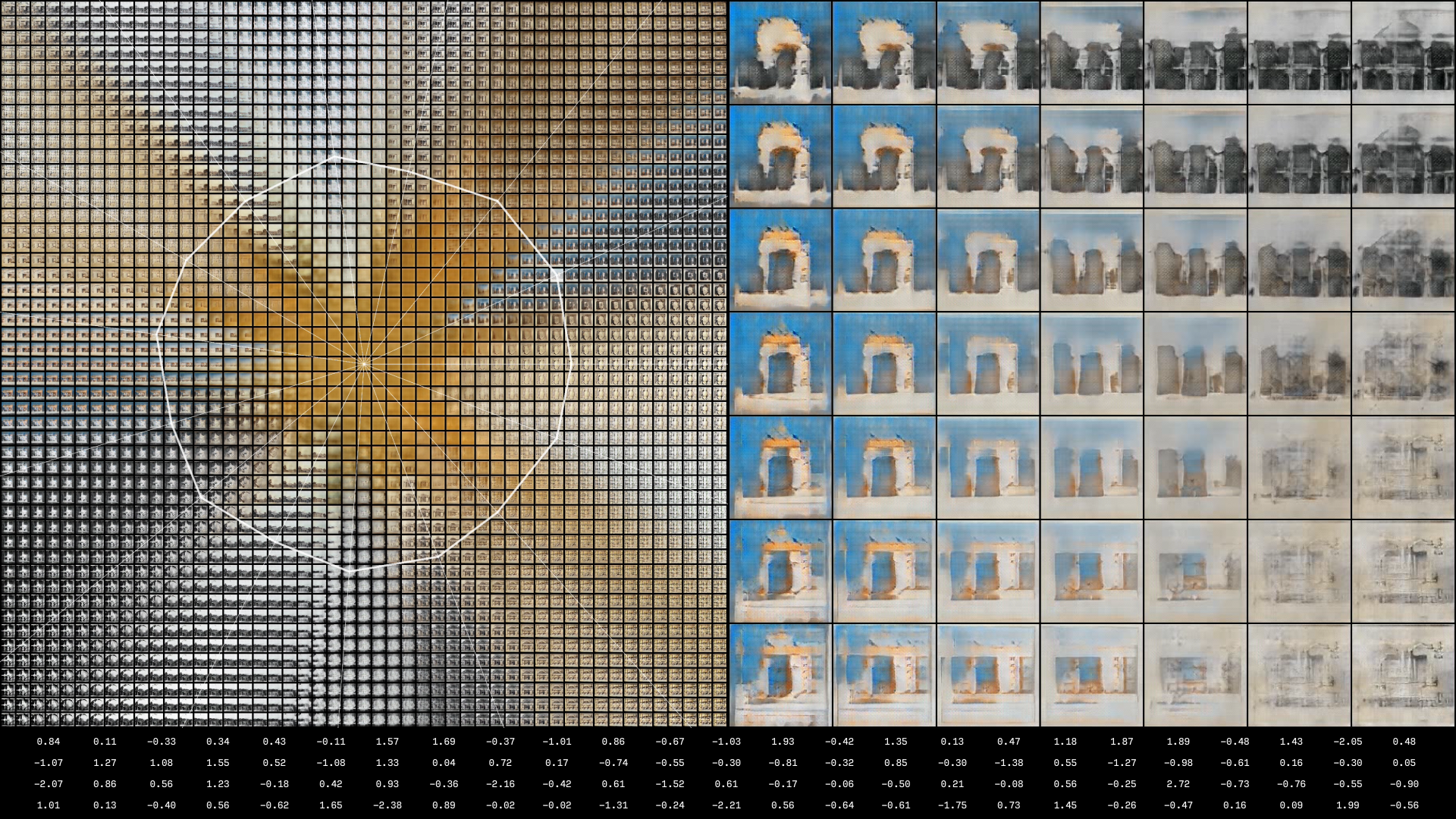
Recent advancements in artificial intelligence, particularly the development of generative-adversarial networks, have enabled new forms of image generation. The comprehensive quality of these networks allows continuous interpolations between generated images and an underlying hyperdimensional ‘latent’ organization of all results. We apply these new structures to architectural and design problems by devising a system to seamlessly explore the latent design space of the 17th and 18th century Architectural style, Beaux-Arts.
We applied methods of geometric projection and developability to flatten the latent space into a readable 2D map. We animate movements through the latent space, and seamlessly blend between chosen latent vectors. An interpolation between a plan and a section image, for example, reveals unexpected hybrids. We generate animated and static grids of images to also illustrate local neighborhoods of the latent space. The project develops a navigable framework that expands and augments our vision and understanding of visual historical artefacts through computational networks.
We applied methods of geometric projection and developability to flatten the latent space into a readable 2D map. We animate movements through the latent space, and seamlessly blend between chosen latent vectors. An interpolation between a plan and a section image, for example, reveals unexpected hybrids. We generate animated and static grids of images to also illustrate local neighborhoods of the latent space. The project develops a navigable framework that expands and augments our vision and understanding of visual historical artefacts through computational networks.
Beaux-Arts Latent Space
August 2020 - January 2021
Prof. Andrew Witt / Gia Jung / Claire Djang
“Beaux-arts Latent Space” (2020) is a data driven process that navigates a historical architectural style comprehensively and seamlessly. We devise a novel deep learning visualization method by training neural networks on Beaux-arts drawings.

Real Images
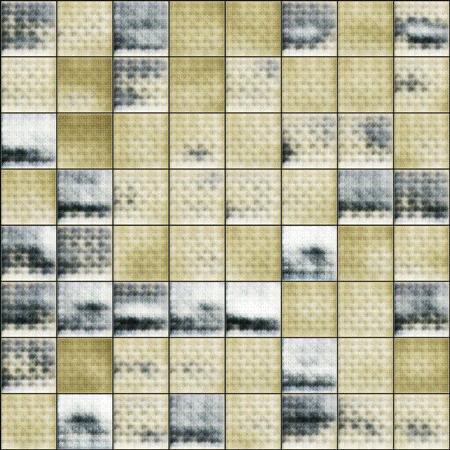
Training in Progress
 Fake Images
Fake ImagesRecent advancements in artificial intelligence, particularly the development of generative-adversarial networks, have enabled new forms of image generation. The comprehensive quality of these networks allows continuous interpolations between generated images and an underlying hyperdimensional ‘latent’ organization of all results. We apply these new structures to architectural and design problems by devising a system to seamlessly explore the latent design space of the 17th and 18th century Architectural style, Beaux-Arts.


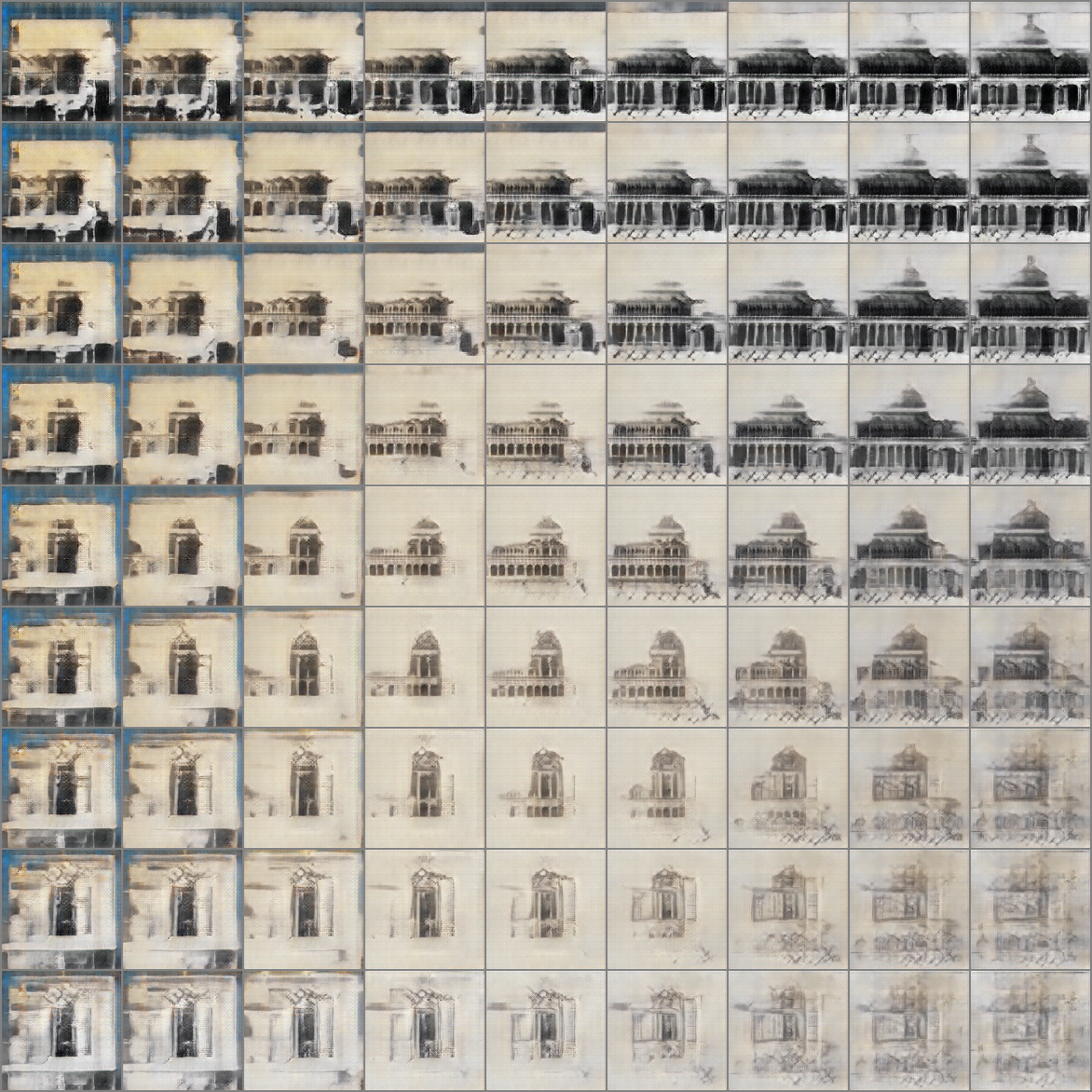
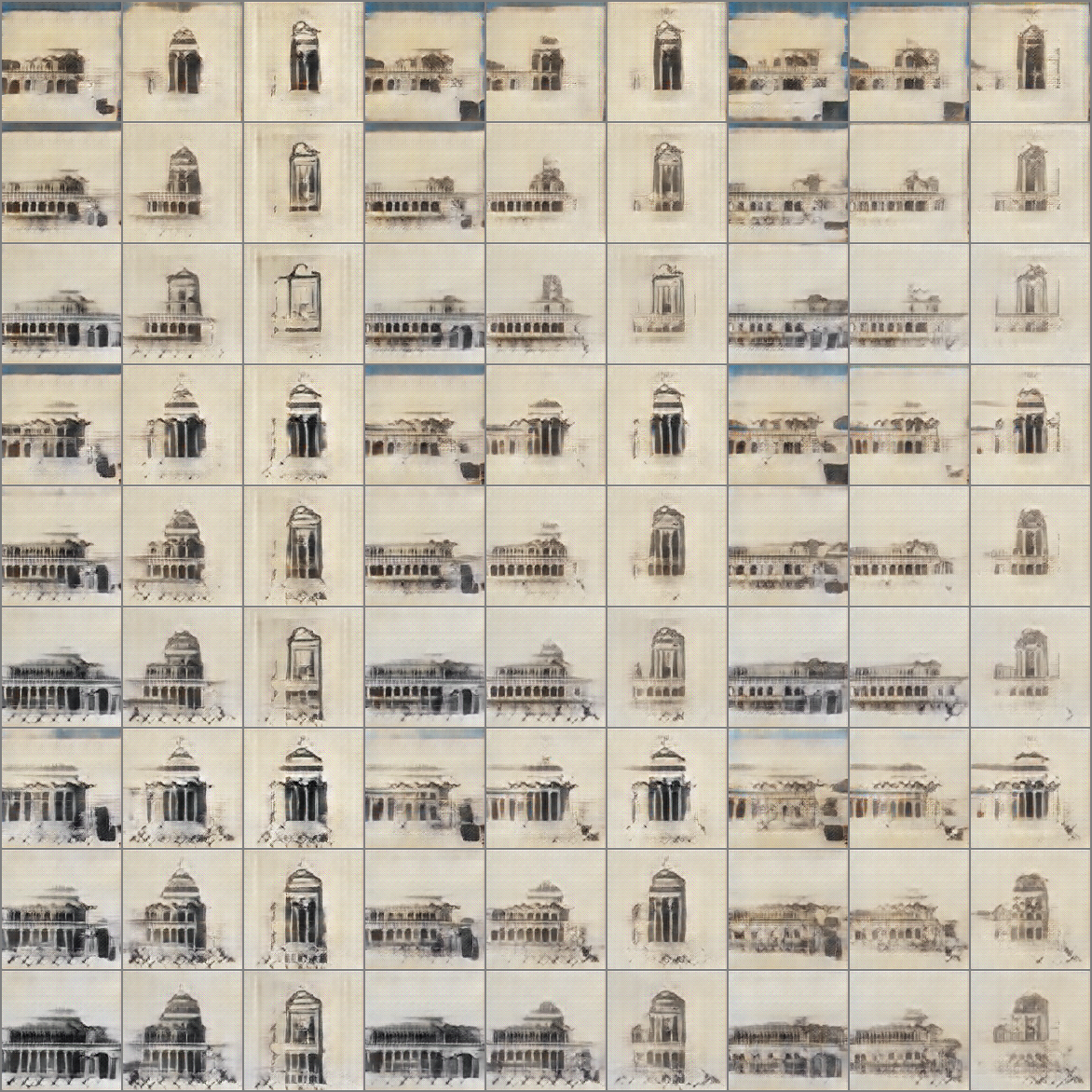
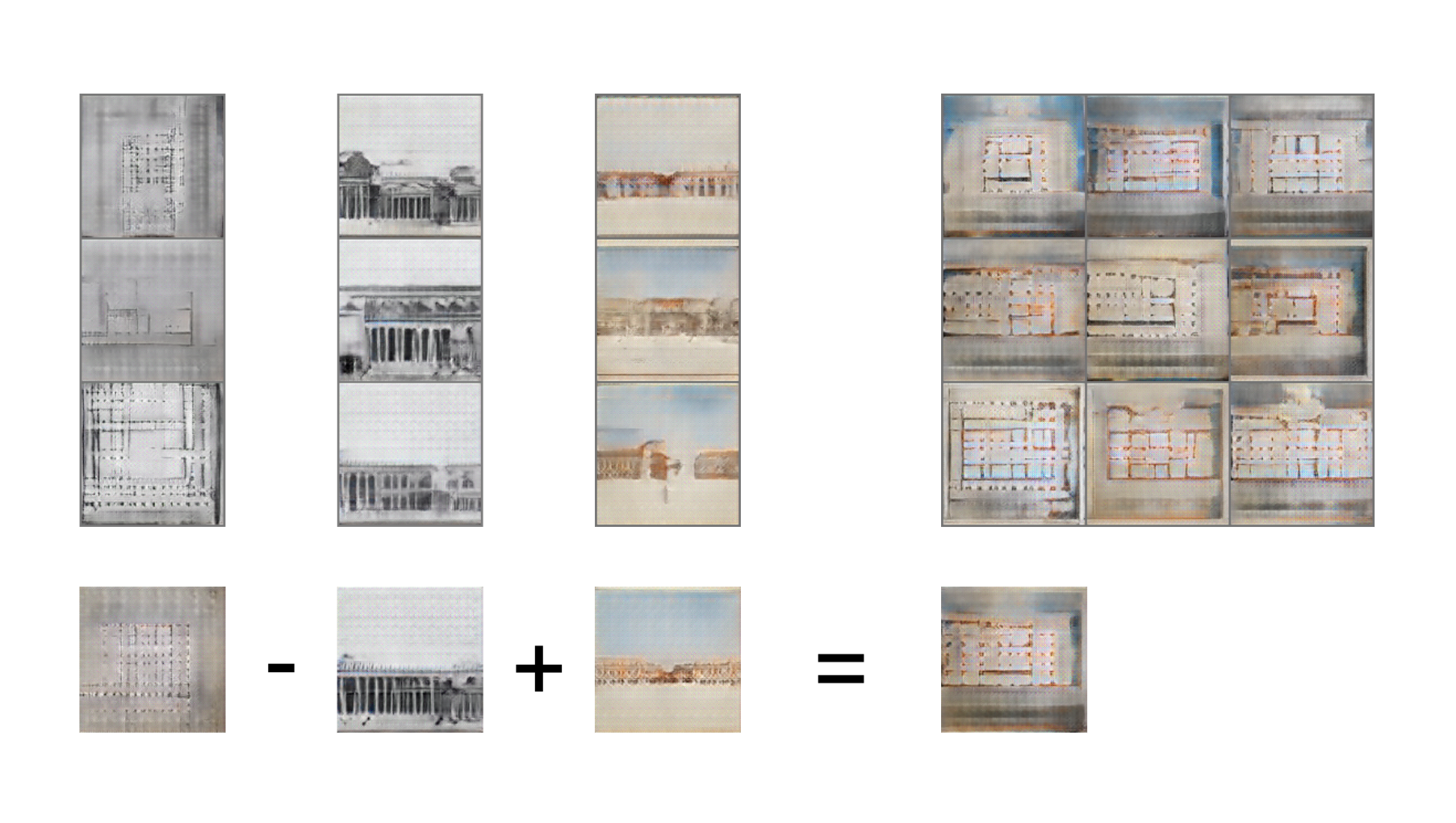
We applied methods of geometric projection and developability to flatten the latent space into a readable 2D map. We animate movements through the latent space, and seamlessly blend between chosen latent vectors. An interpolation between a plan and a section image, for example, reveals unexpected hybrids. We generate animated and static grids of images to also illustrate local neighborhoods of the latent space. The project develops a navigable framework that expands and augments our vision and understanding of visual historical artefacts through computational
networks.
networks.
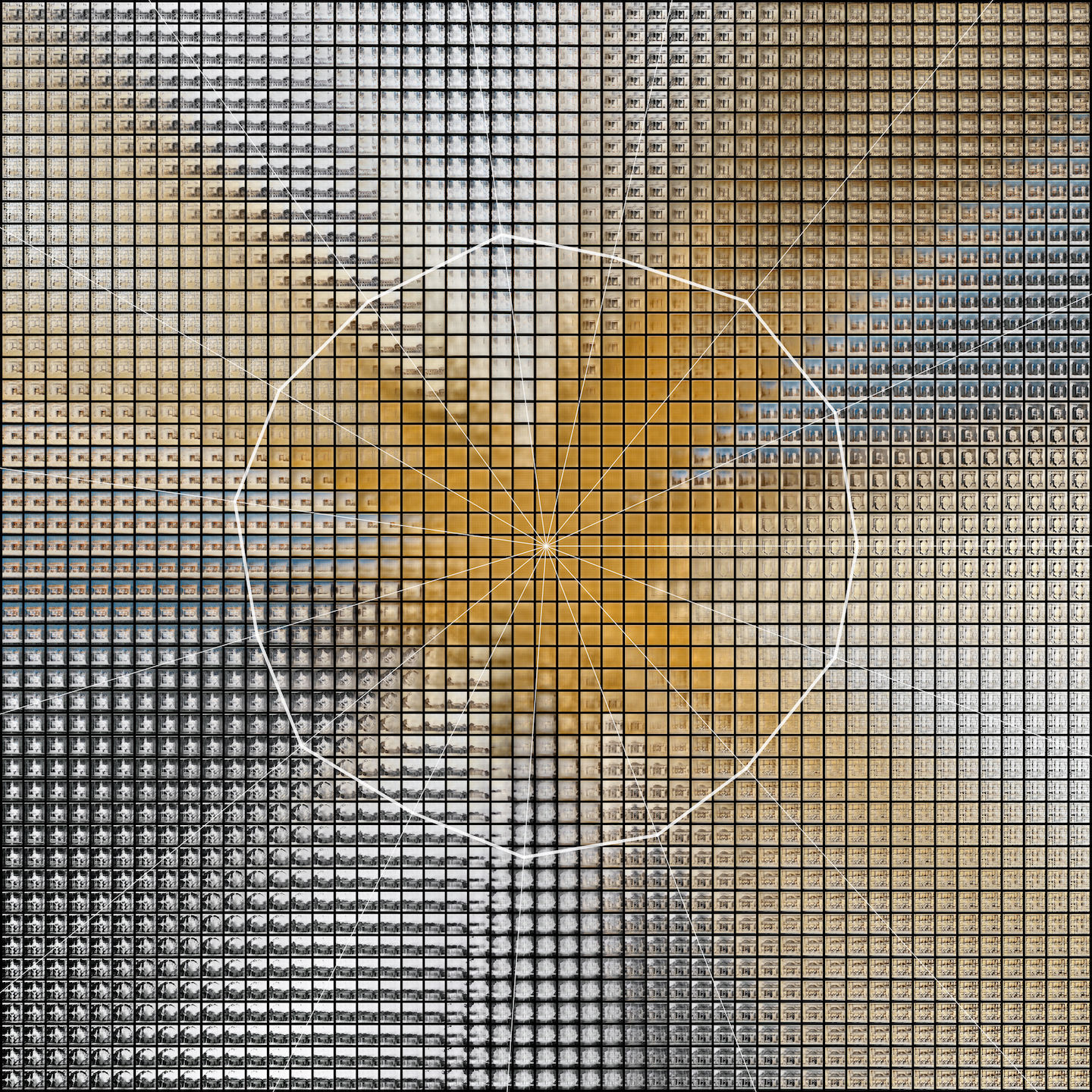

Project published on Log 50
“Shadowplays: Models, Drawings, Cognitions” by Prof. Andrew Witt
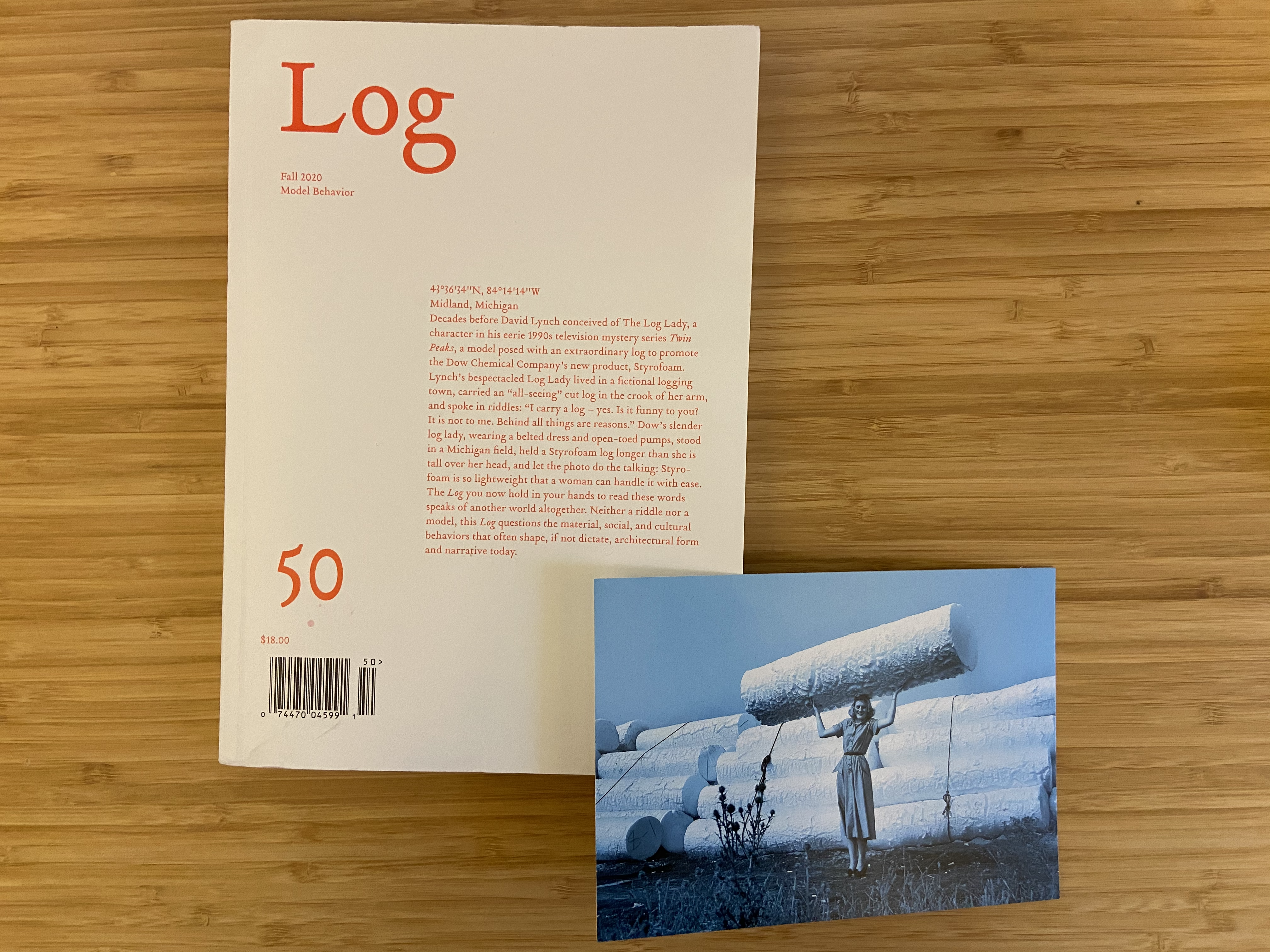
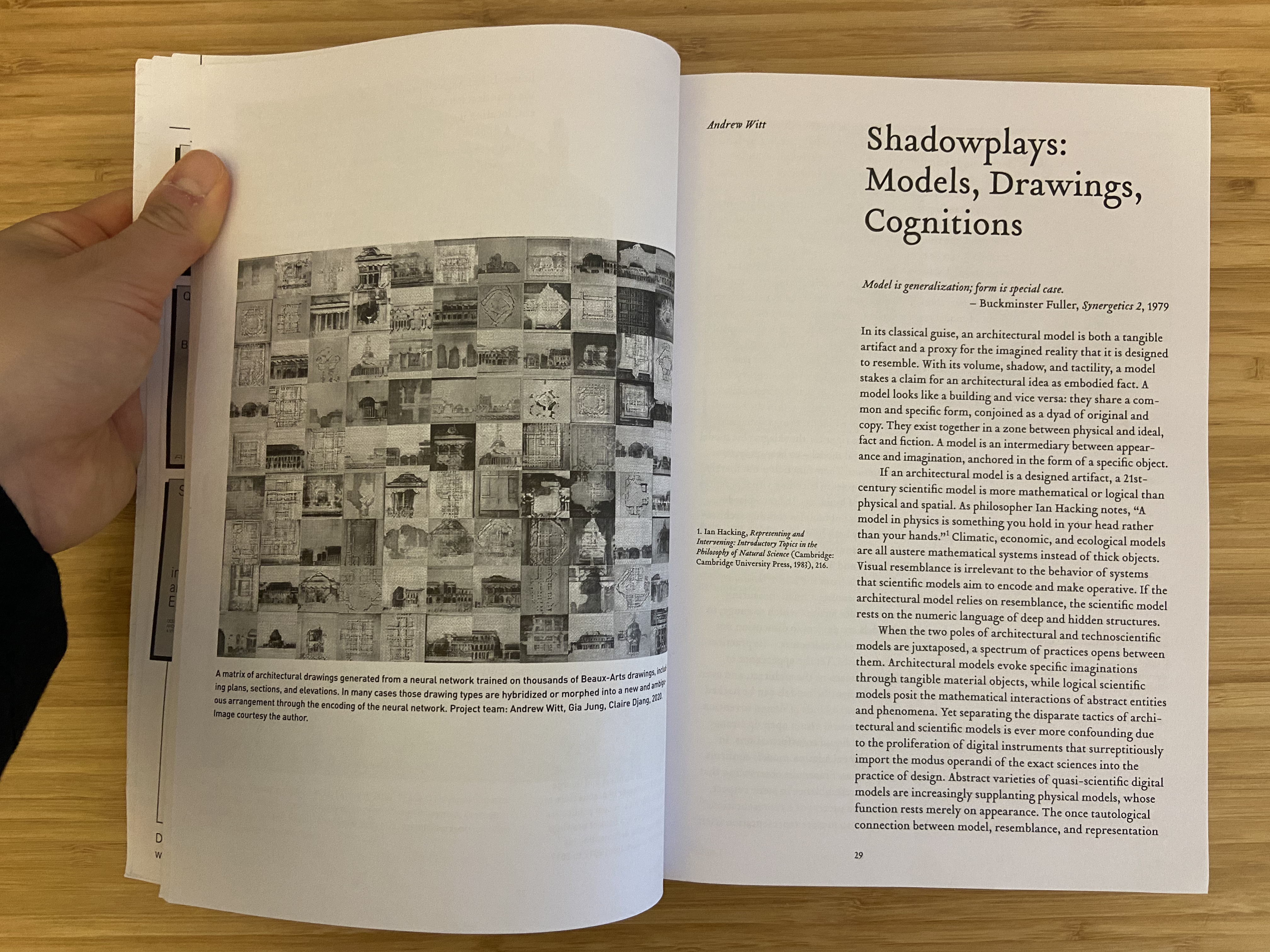

48 Quincy St. Cambridge, MA 02138